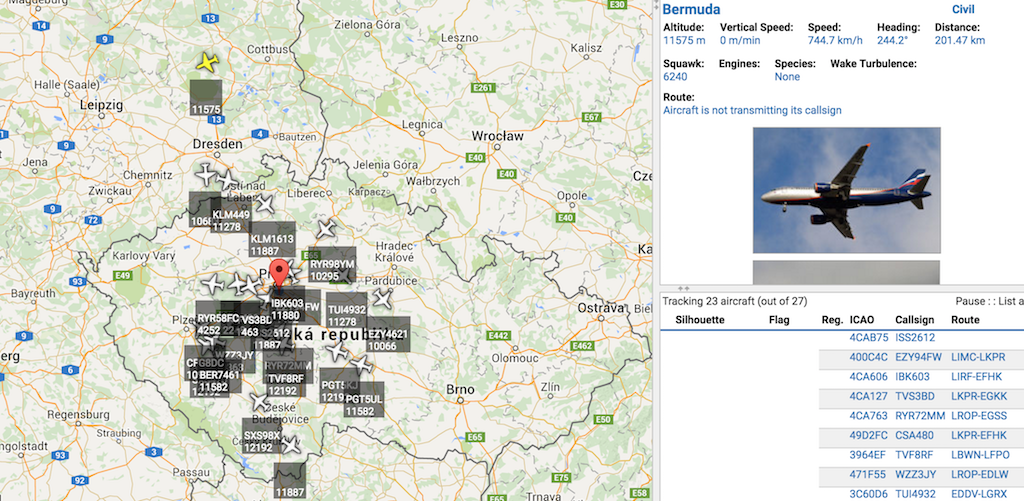

Two alternatives for ground and air-to-air surveillance services were considered along with ADS-B because they met two of the three above criteria (Loran, Mode S, and Mode C technologies did not). In its analysis, the agency also considered the possibility of doing nothing and retaining all existing radar sites until 2035. Enable advanced cockpit display applications that would improve capacity by allowing aircraft to fly safely with improved efficiency and reduced spacing between aircraft. Provide traffic, weather, and database products to improve pilots' situational awareness and decision-making abilities. Perform as well as or better than today's surveillance system, while also enabling multifunction capabilities. The FAA determined the new surveillance system would need to supply these capabilities to lay the foundation for NextGen: See the information on the Equip ADS-B Installation pageīack to Top What other surveillance solutions were examined for NextGen and what were the reasons for the decision to implement ADS-B over other alternatives such as Loran enhancement, ground station Mode C transceivers, or Mode S? The improved accuracy, integrity and reliability of satellite signals over radar means controllers will be able to safely reduce the minimum separation distance between aircraft and increase capacity in the nation's skies.īack to Top What will make me compliant to fly into ADS-B rule airspace? Relying on satellites instead of ground navigational aids also means aircraft are able to fly more directly from Point A to B, saving time and money, and reducing fuel burn and emissions.

Remote areas without radar coverage, like the Gulf of Mexico and much of Alaska, now have surveillance with ADS-B. ADS-B applications being developed now will give pilots indications or alerts of potential collisions.ĪDS-B also provides greater coverage since ground stations are so much easier to place than radar. Cockpit displays also pinpoint hazardous weather and terrain, and give pilots important flight information, such as temporary flight restrictions.ĪDS-B reduces the risk of runway incursions with cockpit and controller displays that show the location of aircraft and equipped ground vehicles on airport surfaces – even at night or during heavy rainfall. With ADS-B, pilots can see what controllers see: displays showing other aircraft in the sky.

It forms the foundation for NextGen by moving from ground radar and navigational aids to precise tracking using satellite signals. Virgin Islands, etc)? ADS-B In How are FAA broadcast services different from other traffic and weather advisory information? How do existing traffic display systems integrate with ADS-B? Is weather information broadcast on 1090ES? General Why is the FAA transitioning away from radar and towards ADS-B technology?ĪDS-B is an environmentally friendly technology that enhances safety and efficiency, and directly benefits pilots, controllers, airports, airlines, and the public. sovereign airspace outside of the 48 contiguous states (Alaska, Hawaii, Guam, Puerto Rico, U.S. General Why is the FAA transitioning away from radar and towards ADS-B technology? What will make me compliant to fly into ADS-B rule airspace? What other surveillance solutions were examined for NextGen and what were the reasons for the decision to implement ADS-B over other alternatives such as Loran enhancement, ground station Mode C transceivers, or Mode S? What are the limitations on ADS-R (rebroadcast) coverage? What TSO versions are needed to comply with the ADS-B Out equipage rule? What is uncompensated latency? Ground Infrastructure What is the range of the ADS-B radio station? How did implementation of ADS-B affect the airspace in the Gulf of Mexico? ADS-B Out What are the ADS-B Out requirements in U.S. FAA Home ▸ NextGen ▸ Key Programs ▸ ADS-B ▸


 0 kommentar(er)
0 kommentar(er)
